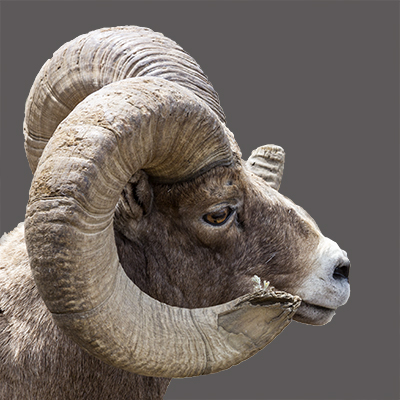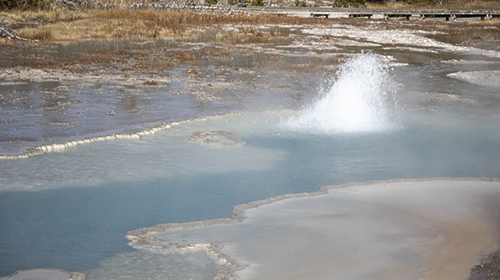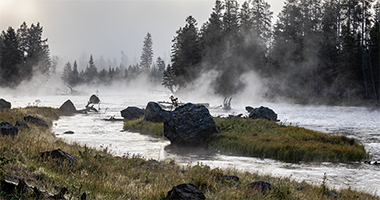What is the Difference Between Antlers and Horns




Antlers
Characteristics
- Found on members of the deer family, elk, mule deer, and moose.
- Composed of bone, cartilage, fibrous tissue, skin, nerves, and blood vessels.
- Found on males, only with the exception of reindeer/caribou.
- Has multiple points.
- Velvet is lost before the rut. The velvet is the skin, nerves, and blood vessels.
- Shed and regrown yearly.
- Falls off after the rut due to the drop in testosterone.
- When growing, the velvet covers the bone and supplies blood that carries food and oxygen.
Horns
Characteristics
- Found on bison and bighorn sheep.
- Composed of bone on the inside and a thick layer of keratin on the outside.
- Horns are on both male and female bison. Female bighorn sheep have horns, which are never as large as rams' horns.
- Has a single point.
- Horns never shed.

Horns of Pronghorns
Characteristics
The horns of a pronghorn are a blend of horn and antler characteristics. It is in a category of its own.
- Shared with both antlers and horns
- Inside consists of bone
- Shares with horns
- The outside covering is keratin
- Shares with antlers
- Has multiple points on the horn
- Only it does
- Sheds only its sheath and regrown annually
- Horns are not dropped
- Antler velvet is first shed, then later, the bone is dropped
- Only 70% of females have horns that are much smaller than male















